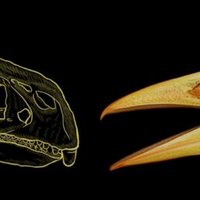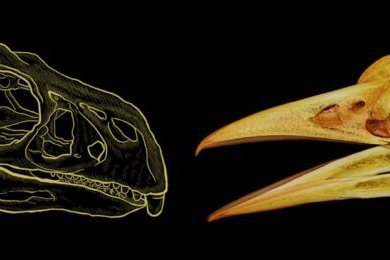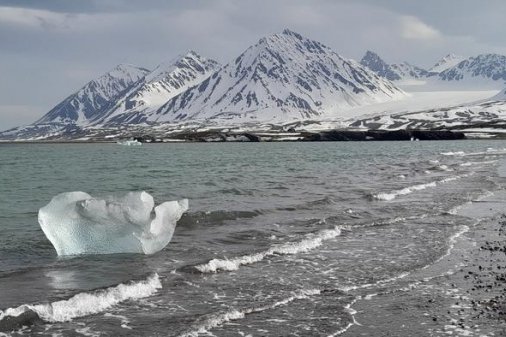NASA's Lucy Probe Sends Striking Close-Ups of Peanut-Shaped Asteroid Donaldjohanson

NASA's Lucy spacecraft has returned its first high-resolution images of the asteroid Donaldjohanson, unveiling an oddly elongated, peanut-shaped world during a flyby on April 20, 2025. The asteroid, located about 600 miles from Lucy at the closest approach, displayed a distinctive double-lobed structure, confirming scientists' expectations that it is a contact binary—an object formed when two smaller asteroids collided and stuck together.
What surprised the mission team was the asteroid's narrow neck, likened to two nested ice cream cones, and the complexity of its geology. Donaldjohanson, estimated to be about 5 miles (8 km) long and 2 miles (3.5 km) wide, turned out to be larger than previously thought. Due to its size, the asteroid filled more than the spacecraft’s field of view in the first images, with additional data expected in the coming days to provide a more complete picture of its shape and features.
These findings are particularly exciting for planetary scientists. The unusual structures and geology of Donaldjohanson will help researchers understand the processes that built the early Solar System. Each feature offers clues about the collisional and aggregative history of minor planets, shedding light on the materials and conditions that led to planet formation. The Lucy mission’s next major target will be the Jupiter Trojan asteroid Eurybates, scheduled for a flyby in August 2027, marking the start of a new phase in this ambitious exploration project.
Recent Science Articles
Secret Mathematical Rule Discovered to Shape Bird Beaks for 200 Million Years
Scientists have discovered a hidden mathematical rule governing bird beak shapes for 200 million years, offering new insight into avian …
Arctic Meltdown Threatens Carbon Sinks: New Study Reveals Climate Change Impact on Polar Ecosystems
New research reveals climate change is undermining Arctic fjords' ability to sequester carbon, with shifting phytoplankton communities and melting ice …
Groundbreaking Study Reveals Complex Dynamics of the Brain's Serotonin System
University of Ottawa research reveals serotonin neurons' complex interactions and role in future reward signaling, offering new therapeutic insights.
NISAR Mission Launch Confirmed: NASA-ISRO's Earth Observation Satellite Set for June 2025
The groundbreaking NASA-ISRO NISAR satellite, designed to monitor Earth's ecosystems with unprecedented precision, is confirmed to launch in June 2025 …
Kindness Redefines Happiness: World Happiness Report 2025 Reveals Surprising Trends
The World Happiness Report 2025 reveals that happiness stems from both personal kindness and strong social connections, with Nordic countries …

Secret Mathematical Rule Discovered to Shape Bird Beaks for 200 Million Years
Scientists have discovered a hidden mathematical rule governing bird beak shapes for 200 million years, …

Arctic Meltdown Threatens Carbon Sinks: New Study Reveals Climate Change Impact on Polar Ecosystems
New research reveals climate change is undermining Arctic fjords' ability to sequester carbon, with shifting …

Groundbreaking Study Reveals Complex Dynamics of the Brain's Serotonin System
University of Ottawa research reveals serotonin neurons' complex interactions and role in future reward signaling, …




